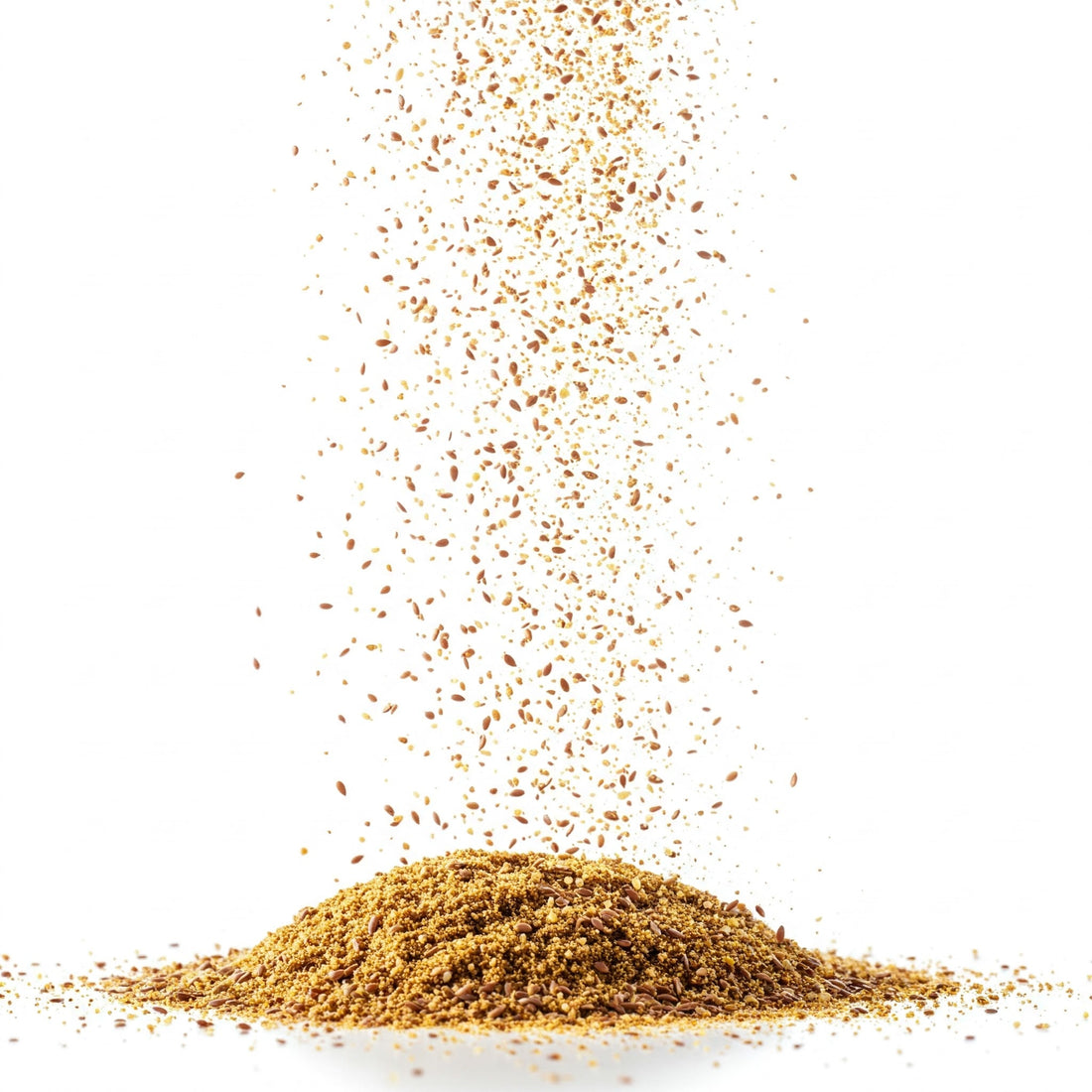
Resistant Starch and Dietary Fibre - What's the Difference?
Share
Resistant Starch vs Dietary Fibre: Which One is Better for Your Gut Microbiome?
When it comes to gut health, most people know about the benefits of dietary fibre, but resistant starch is often overlooked. Both play a vital role in nourishing the gut microbiome, yet they function in slightly different ways. In this blog post, we’ll explore what dietary fibre and resistant starch are, how they benefit gut health, and why incorporating both into your diet is essential.
What is Dietary Fibre and Resistant Starch?
Dietary fibre is the indigestible part of plant foods that moves through the digestive system, feeding gut bacteria and aiding digestion. It comes in two types:
- Soluble fibre dissolves in water to form a gel-like substance, slowing digestion and feeding beneficial gut bacteria.
- Insoluble fibre adds bulk to stool, promoting regular bowel movements and supporting overall gut health.
Resistant starch, on the other hand, is a type of starch that resists digestion in the small intestine and ferments in the colon. This fermentation process produces beneficial compounds, particularly short-chain fatty acids (SCFAs) like butyrate, which support gut barrier function and reduce inflammation.
Why Are They Beneficial for the Gut Microbiome?
Your gut microbiome thrives on a variety of fermentable fibres, including resistant starch. Here’s how each contributes to a healthy gut:
🔹 Dietary Fibre:
- Feeds beneficial bacteria, leading to a diverse and balanced microbiome.
- Helps regulate digestion and prevent constipation.
- Slows sugar absorption, supporting metabolic health.
🔹 Resistant Starch:
- Promotes the growth of butyrate-producing bacteria, which strengthen the gut lining and reduce inflammation.
- Improves insulin sensitivity and metabolic health.
- Enhances satiety and supports weight management.
What Foods Contain Dietary Fibre and Resistant Starch?
Including a variety of plant-based foods ensures you get enough of both dietary fibre and resistant starch. Here’s where to find them:
🥦 Fibre-rich foods:
- Vegetables: Carrots, spinach, kale
- Fruits: Apples, berries, pears
- Nuts & Seeds: Chia seeds, flaxseeds, almonds
- Whole Grains: Oats, quinoa, rye
- Legumes: Lentils, chickpeas, beans
🥔 Resistant Starch Sources:
- Cooked and cooled potatoes, rice, and pasta (cooling changes the starch structure!)
- Green bananas and plantains
- Legumes such as lentils and chickpeas
- Whole grains like barley
Do You Need a Fibre Supplement?
While whole foods should be your primary source of dietary fibre and resistant starch, some people may benefit from a fibre supplement to boost their intake, especially if they struggle to meet daily fibre requirements. If you’re looking to support gut health, choose a supplement that includes a mix of soluble and insoluble fibres for optimal benefits.
Which One is Better for Gut Health?
The answer isn’t either-or—you need both! Dietary fibre supports digestive regularity and broad gut microbial diversity, while resistant starch specifically boosts butyrate production, which is crucial for a healthy gut lining. A balanced diet incorporating both ensures your gut microbiome thrives, leading to better digestion, improved metabolic health, and reduced inflammation.
Final Thoughts
For a happy, healthy gut, aim to eat a diverse range of fibre-rich foods, along with resistant starch sources. If you’re struggling to get enough, a fibre supplement might be a helpful addition. By nourishing your gut microbiome with the right foods, you can support digestion, immunity, and overall well-being.
Looking for ways to boost your gut health? Check out The Gut Tailor’s range of high-fibre breakfast options, designed to support your microbiome naturally!
